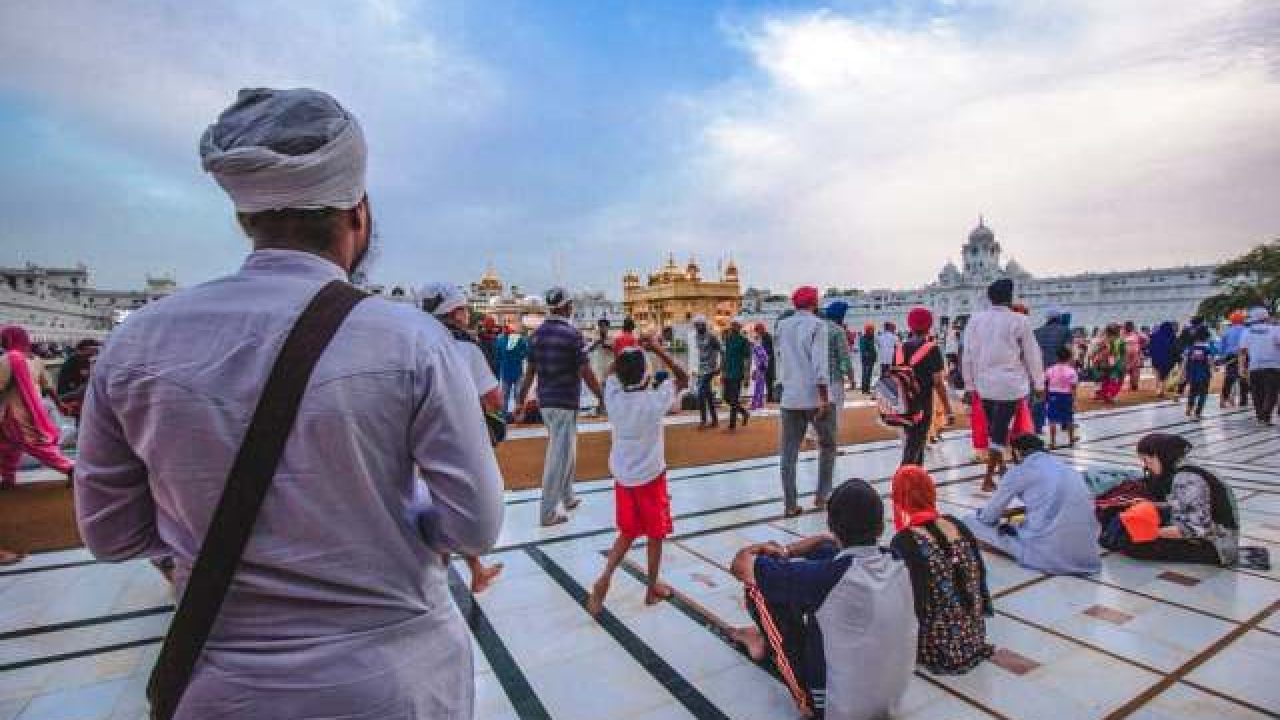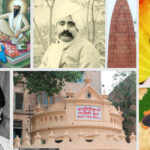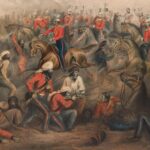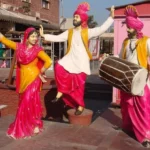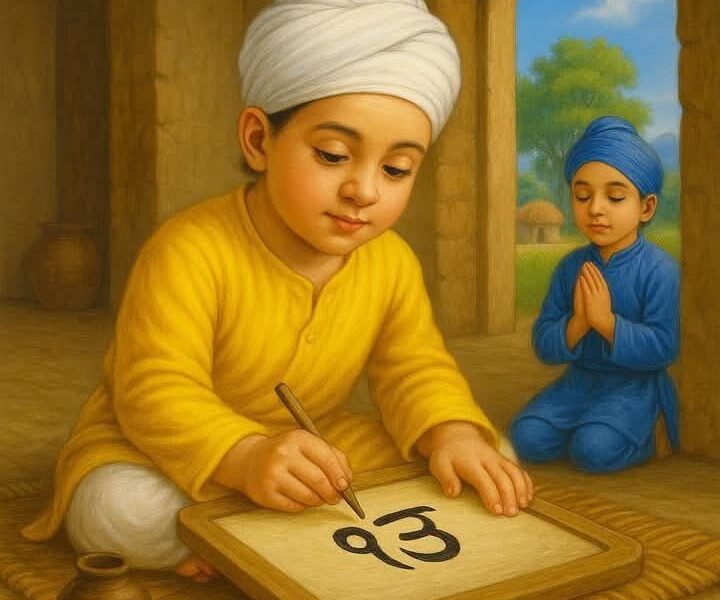Punjab, a region in South Asia, is known for its rich history, cultural heritage, and agricultural abundance. Here are ten surprising facts about Punjab that highlight its unique characteristics and contributions:
Land of Five Rivers: Punjab gets its name from the Persian words “Panj,” meaning “five,” and “Aab,” meaning “water.” It is called the “Land of Five Rivers” as it is crisscrossed by the Beas, Chenab, Ravi, Sutlej, and Jhelum rivers. These rivers provide the region with fertile soil and a well-irrigated agricultural landscape. Punjab translates to “land of five rivers.” The name is a combination of the Persian words panj, meaning five, and aab, meaning water. Pre-Independence Punjab was traversed by the five rivers Beas, Chenab, Jhelum, Ravi, and Sutlej, which are now shared by India and Pakistan. Punjab is known as the “Wheat Bowl of India” because its soil is ideal for growing wheat because of the presence of five rivers.
The Green Revolution
Punjab played a crucial role in India’s Green Revolution, a period of agricultural transformation in the 1960s and 1970s. The introduction of high-yielding crop varieties, combined with modern agricultural practices and irrigation infrastructure, significantly increased food grain production in the region.
Golden Temple
The Golden Temple, also known as Harmandir Sahib, is the holiest shrine for Sikhs and one of the most visited religious sites in the world. Its construction began in the 16th century, and the temple is covered in gold plating, giving it a breathtaking appearance. The Golden Temple is located in the city of Amritsar. Most popular tourist attraction The Golden Temple in Amritsar is the most visited tourist destination in the world, according to the World Book of Records in the United Kingdom. The most significant place of worship in Sikhism is said to be the Golden Temple or Shri Harmandir Sahib. The temple is open to visitors from all walks of life and also operates a huge, free community kitchen known as the langar, where hundreds of people are served every day.
Bhangra Dance
Bhangra is a lively and energetic folk dance form originating from Punjab. It is characterized by vibrant music, energetic movements, and rhythmic drum beats. Bhangra has gained global popularity and is often performed at weddings, festivals, and cultural events worldwide.
Wrestling Tradition
Punjab has a long-standing tradition of wrestling known as “kushti” or “Pehlwani.” It is an ancient sport that requires strength, skill, and discipline. Punjab has produced many renowned wrestlers who have represented India at national and international competitions.
Largest Producer of Wheat
Punjab is the largest producer of wheat in India and contributes significantly to the country’s food security. The fertile soil, favorable climate, and well-developed irrigation systems make Punjab an ideal region for wheat cultivation. It is often referred to as the “Wheat Bowl of India.”
Sikhism’s Holiest City
Amritsar, the cultural and spiritual center of Sikhism, is home to the Golden Temple. It is considered the holiest city for Sikhs and attracts millions of devotees from around the world. Amritsar is also known for its warm hospitality, delicious food, and the Wagah Border ceremony, a daily military ritual between India and Pakistan.
Baisakhi Festival
Baisakhi is one of the most significant festivals in Punjab, celebrated with great enthusiasm and joy. It marks the harvest season and the formation of the Khalsa Panth (the Sikh community) in 1699. The festival is marked by vibrant processions, traditional dances, music, and feasting.
Phulkari Embroidery
Punjab is famous for its exquisite embroidery art form known as Phulkari. Phulkari, meaning “flower work,” involves intricate thread work on shawls, dupattas (scarves), and other garments. The vibrant colors and detailed patterns make Phulkari a cherished traditional craft of Punjab.
Punjabi Cuisine
Punjabi cuisine is known for its rich flavors, generous use of butter and ghee (clarified butter), and variety of vegetarian and non-vegetarian dishes. Popular Punjabi dishes include Butter Chicken, Sarson ka Saag (mustard greens curry), Makki di Roti (cornbread), and Amritsari Kulcha (stuffed bread). The cuisine reflects the region’s agricultural abundance and vibrant culinary traditions.
Houses the originally planned city
India’s first planned city following Independence is Chandigarh. The inhabitants of west Punjab who had moved after Independence were the target audience for its layout. The city features well-kept streets and a healthy amount of greenery. The renowned Sukhna Lake, Rock Garden, and Chandi Devi Mandir are all located there. Chandigarh serves as a suitable starting point for trips to Shimla, Solan, and other hill towns because of its closeness to the Shivaliks (lower Himalayas).
Trigarta
Punjab was formerly referred to as Trigarta. It was a kingdom, just like in the Mahabharata, an old text. The Mahabharata mentions two distinct Trigarta kingdoms, one to the north of the Kuru Kingdom and the other to the west of the Sivi Kingdom. The region around the Satluj, Beas, and Ravi rivers is known as Trigarta. The Trigarta monarchs are thought to have been Duryodhana’s adversaries and Duryodhana’s friends. When the Pandavas were hiding out there, they invaded the Virata kingdom.
These surprising facts about Punjab highlight the region’s unique cultural, historical, and agricultural significance. From its fertile lands and agricultural achievements to its religious and cultural heritage, Punjab continues to captivate and inspire people worldwide.
